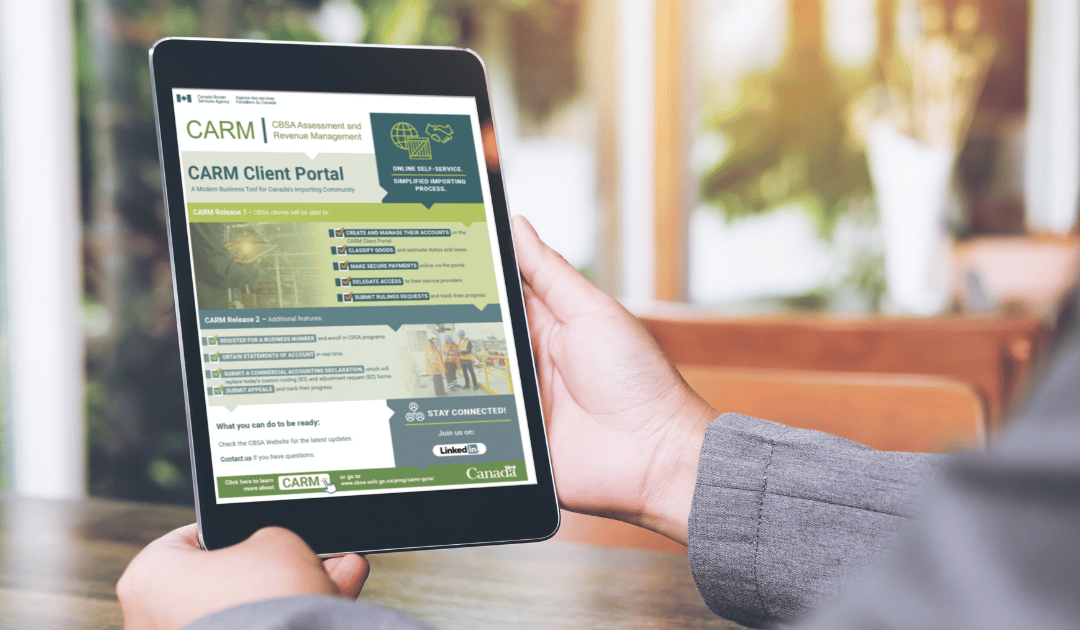EU VAT Compliance in 2021: The Basics
If you are a business selling goods in the EU and/or importing goods equal to or less than €150 in total order value, there are important EU-specific tax changes incoming July 1, 2021. Your friends at Passport are here to break down the basics to help you and your business navigate the major changes in order to be EU VAT compliant. We want to equip you with the necessary information to ensure you’re able to continue reaching your customers in the EU.
2021 EU VAT Changes
The European Union (EU) is changing how the consumption tax that applies to all goods and services, also known as the value-added tax (VAT), is applied to lower-value shipments. There are a number of shifts from how EU VAT compliance operates today versus how it will operate starting July 1, 2021:
| How does EU VAT operate today? | What’s changing in July 2021? | What does it mean for sellers? |
|---|---|---|
| Shipments under €22 are exempt from import VAT | The low-value VAT de minimis is going away | ALL shipments will incur VAT |
| Foreign companies selling into the EU on DDP (Delivered Duties Paid) terms do not have to register for a VAT ID unless they cross the “EU Distance Selling Threshold” in that country (typically €35,000 or €100,000, depending on the country) | The distance selling threshold is going away | ALL foreign companies wishing to ship on DDP terms will have to register for a VAT ID in each country where they sell, or register for the IOSS (Import One Stop Shop) in one EU member state |
| Foreign companies selling into the EU on DDP terms can charge VAT at the rate of the country of import until the distance selling threshold is crossed, at which point VAT should be charged at the rate of the destination country | The distance selling threshold is going away | VAT must be charged at the rate of the final destination country, not the country of import. E.g. if goods enter through Germany with a 19% VAT rate but are destined for a customer in Portugal with a 23% VAT rate, the latter’s VAT rate will be applied |
| Multiple shipments can clear customs in a single EU country (“Centralized Clearance”) and be distributed to consumers in any EU country | For consignments under €150, Centralized Clearance will only be allowed for shipments cleared under IOSS | Non-IOSS shipments must travel under a special “transit procedure” to the final destination country to clear customs, adding cost and delays to the shipment |
| Goods that are subject to a reduced VAT rate (typically food, healthcare, personal care, and medical products) can benefit from a reduced VAT rate | The reduced VAT rate will only be allowed for goods cleared under IOSS | In Belgium, for example, eligible goods that would normally be taxed at 21% could benefit from a reduced VAT rate of 12% or 6% if cleared through IOSS |
How will EU VAT be collected after July 1, 2021?
For US sellers with no legal entity in the EU, there will be three potential options to account for VAT on orders under €150 that are not sold through a marketplace:
- Standard Customs Procedure
- Special Arrangement
- Import One Stop Shop (IOSS)
How you account for VAT will depend on whether you:
- Charge VAT when the order is placed (Delivered Duties Paid), or
- Whether you put the VAT burden back on the customer (Delivered Duties Unpaid)
- For DDU orders, the only potential options are Standard Customs Procedure and Special Arrangement
We’ll break down each of the potential options to account for VAT:
Option #1: Standard Customs Procedure
- The customer pays VAT only when the goods are imported, not when the order is placed — meaning, the customer may be surprised that VAT has not been included in the original purchase price.
- VAT will be at the rate of the EU Member State of which the goods are to be delivered — meaning that if the same good were sent to two different countries, the rate could differ.
- Import VAT is payable upon the clearance into the Member State along with the standard fees for import clearance — meaning, if the goods enter the EU in one Member State and are supposed to be delivered to another Member State, they will need to be placed under the transit procedure.
- Merchants need to have an intermediary in each Member State in which they do business
- In July, the “distance selling threshold” is going away — meaning, all merchants (not just those selling over €35,000) need to register for a VAT ID and submit a VAT Return with the VAT that they had collected for each country
Option #2: Special Arrangements
- The customer has to pay VAT to the postal agent/courier when the goods are delivered to the customer or the customer picks up the goods
- The postal courier may also charge an additional fee at the time of delivery or pickup
- Similar to the other two options, the VAT Rates are dependent on each country’s rates. As with Standard Procedure, goods have to clear the EU Member State that is the shipment’s final destination.
- If you are shipping DDU and putting the VAT burden back on the customer, your delivery partner can still pay VAT for your customer on import and collect the VAT they paid and their additional fees at time of delivery
- The shipment must clear customs in the Member State where the consignee resides in order to be released for delivery
Option #3: Import One Stop Shop (IOSS)
- IOSS is the European Commission’s answer to having to register for a VAT number in each country where business takes place. Merchants would register on the IOSS portal of an EU Member State, using that IOSS number for each of the EU Member States
- The VAT rates will continue to vary by country, but VAT will only be collected on order €150 and below by the merchant at the time of the online purchase. Unlike Standards Customs Procedure, VAT is not confronted with unexpected costs when the goods are imported into the EU
- Clearance through customs should be simplified, faster, and with lower fees, as import VAT does not have to be applied as VAT because it has already been paid. The goods can then be moved freely regardless of the end destination of each package
- Unless a company is already an EU-established business, merchants will need to either establish themselves as an entity within the country they file for IOSS or find a fiscal intermediary in the country they wish to register for IOSS in. The VAT Return is submitted on a monthly basis by the intermediary.
What Are the Next Steps For EU VAT Compliance?
We know that brands have a number of choices to make with the new EU VAT regulatory changes. Be sure to determine what makes the most sense for your business and weigh your options when it comes to VAT compliance and responsibility. Our team at Passport is here to help and can even take the regulatory concerns off your plate by acting as the “Seller of Record” for your shipments. We are VAT-registered in France and approved to collect, remit, and file VAT returns on your behalf, and the best part? You don’t need to ship with Passport to take advantage of this service. Feel free to contact our team to set up an exploratory call and learn more about how you can best navigate the EU VAT space.




